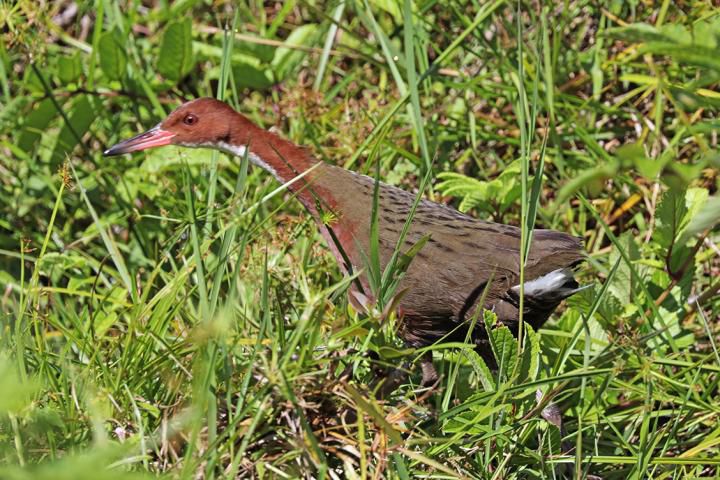There are so many reasons why extinction occurs. This could be caused by natural disasters, evolutionary changes, or even overexploitation. But there are instances when certain species seemingly come back.
The Aldabra rail, a flightless bird, was wiped out along with all the terrestrial animals that once lived on Aldabra. A massive flood sank a part of the group of islands, turning it to the world’s largest coral atoll.
What Happened to the Aldabra Rail?
The Aldabra rail, a subspecies of the Dryolimnas cuvieri or the white-throated rail, are indigenous to the Southwestern region of the Indian Ocean.
Roughly around 136,000 years ago Aldabra atoll was submerged in the Indian Ocean. This essentially killed all terrestrial life form. This included the Aldabra rail. (Source: Smithsonian Magazine)
Julian Hume, a paleontologist and the author of the study on the flightless bird, said “Aldabra went under the sea and everything was gone, There was an almost complete turn over in the fauna. Everything – went extinct. Yet as the Aldabra rail still lives on today, something must have happened for it to have returned.”
How Did the Extinct Bird Return and Evolve?
There is a term called iterative evolution. It is a rare process where the repeated evolution occur between parallel structures with the same ancestor.
In a study published in the Zoological Journal of the Linnean Society, a group of scientists were able to identify the phenomenon to first occur in these rails. It is said to be one of the most significant instances.
David Martill, a co-author of the study said, “We know of no other example in rails, or of birds in general, that demonstrates this phenomenon so evidently.”
When the tides lowered, and Aldabra resurfaced, the rail evolved from extinction. (Source: CNN)
Did This Ever Happen Before?
When the rail returned to Aldabra, it wasn’t the first time a species under this lineage rose from extinction.
The rail’s parent species that are indigent to Madagascar and would often experience a boom in their population. These birds migrated due to over population. Those that flew to the north or south, ended up drowning in the Indian Ocean. While those that travelled west, ended up in Africa and were preyed upon by other animals. But those that travelled east, ended on islands like Aldabra, Mauritius, and Reunion. (Source: CNN)
Was the Aldabra Rail Always Flightless?
The Aldabra rail wasn’t always flightless. It was actually a migratory bird before it landed in Aldabra. It eventually lost its ability to fly since there was a shortage of predators, and it was unnecessary. This is the same case of the Dodo bird of Mauritius.
Since the Aldabra rail could no longer fly, the were not able to escape the flood. However, unlike the Dodo, the white-throated rail resurfaced and started to migrate to different islands again.
According to David Martill, “Only on Aldabra, which has the oldest paleontological record of any oceanic island within the Indian Ocean region, is fossil evidence available that demonstrates the effects of changing sea levels on extinction and recolonization events. Conditions were such on Aldabra, the most important being the absence of terrestrial predators and competing mammals, that a rail was able to evolve flightlessness independently on each occasion.” (Source: CNN)
